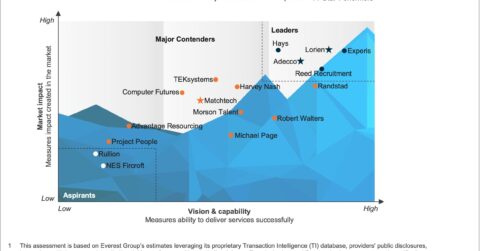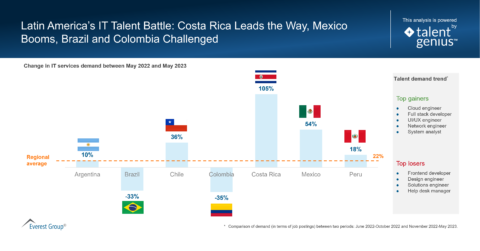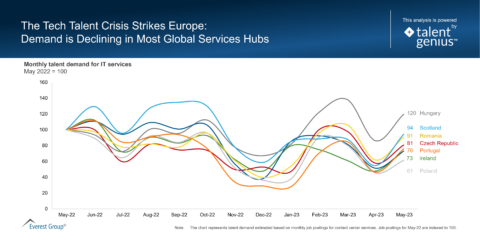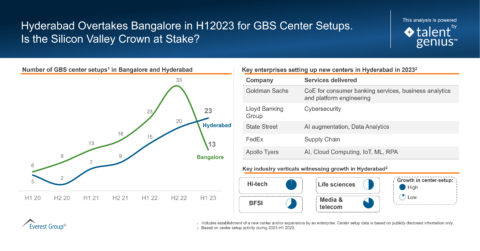Reimagine growth at Elevate – Dallas 2025. See the Agenda.
Filter
Displaying 71-80 of 337
Locations and Talent Strategy – Let’s Talk – Georgia: Europe’s Hidden Gem | LinkedIn Live
On-Demand LinkedIn Live
1 hour
Locations and Talent Strategy – Let’s Talk – Destination Egypt | LinkedIn Live
On-Demand LinkedIn Live
1 hour










